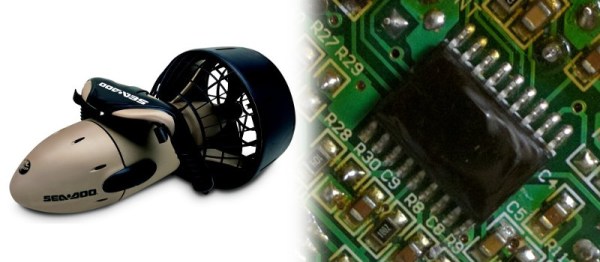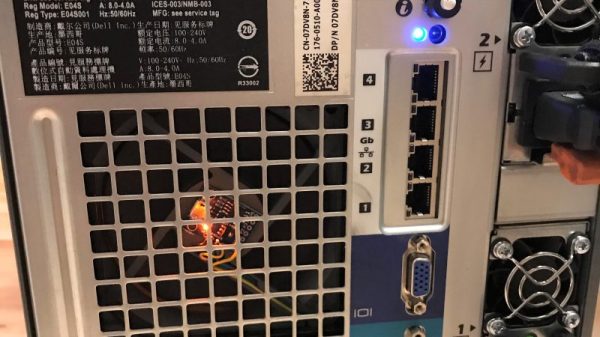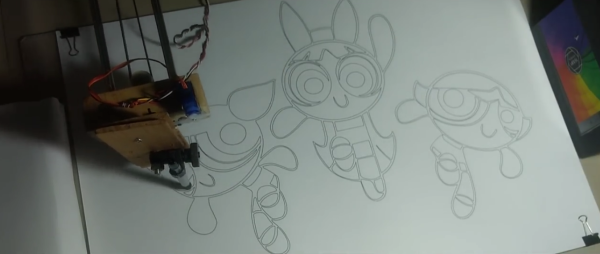At first glance, SawStop seems like a hacker’s dream. A garage tinkerer comes up with a great idea, builds a product around it, and the world becomes a better place. As time has gone on, other companies have introduced similar products. Recently, SawStop successfully stopped Bosch from importing saws equipped with their Reaxx safety system into the USA. This not only impacts sales of new saws, but parts for existing equipment. Who gets screwed here? Unfortunately, it’s the owners of the Bosch saws, who now have a safety feature they might not be able to use in the future. This has earned some bad press for SawStop in forums and on websites like Reddit, where users have gone as far as to call SawStop a patent troll. Is that true or just Internet puffery? Read on and decide for yourself.
Continue reading “Ask Hackaday: SawStop — Bastion Of Safety Or Patent Troll”


















